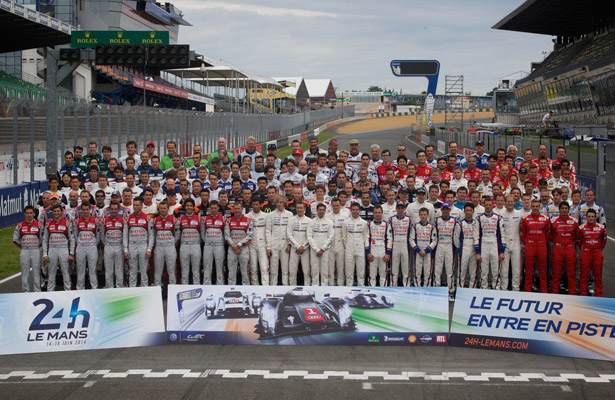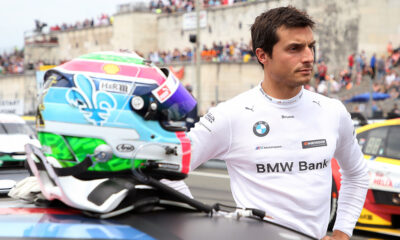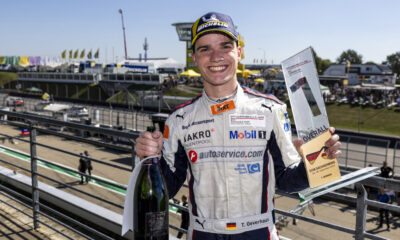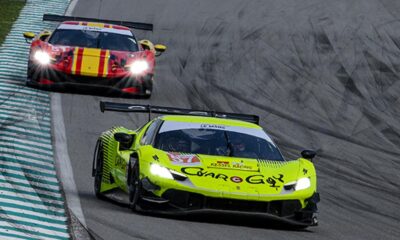
Photo: John Dagys
While less publicized in motorsport than other sports such as cycling, doping is still taken very seriously by the FIA, with Franck Montagny’s recent positive test for a derivative of cocaine being a prime example. (En Français)
There have been other sports car racing drivers in addition to the Frenchman who have faced severe consequences, including Tomas Enge and Luca Moro.
But what are the risks for drivers? How are the tests carried out? What is prohibited? And what role does the federation play?
At the center of it all is the World Anti-Doping Agency. Founded in 1999, the Montreal-based organization employs 55 people from 30 counties. The WADA’s mission is simple: a global campaign for a dope-free sport in collaboration with its partners.
There are three levels of the WADA. In Dec. 2010, a World Anti-Doping Code was established. Two years later, the FIA established a program in partnership with various federations, including the FFSA.
The FIA Web site provides an Anti-Doping e-learning course and quiz, which includes all of the key points drivers should be aware of.
There are two categories: What’s prohibited during a competition and outside of competition. Various substances are prohibited such as anabolic agents, growth hormones and blood components, chemical and physical manipulation and gene doping.
In competition, the following are prohibited: stimulants, narcotics, cannabinoids, glucocorticoids, beta-blockers (used in cardiology drugs that blocks the action of adrenaline). The maximum alcohol level allowed is 0.10 g/l, the same enforced in many other sporting competitions.
While drivers in F1 and WRC are more watched than others, any driver competing in a FIA-sanctioned event cam be tested in and out of competition, and some have to provide their locations during non-race weekends. This is the case for F1 drivers and WRC drivers who are designated to score manufacturer points.
The Anti-Doping Commission is headed by Jan Stovicek, with several members from different countries sitting on the committee, including representatives from Turkey, Italy, Australia, Spain, Great Britain, Trinidad and Tobago, Germany, India, Greece and Macedonia.
Penalties depend on the severity of the offense. Enge was suspended for 18 months after the Czech driver was found to have used stimulants following the FIA GT1 World Championship race in Spain.
More recently, Michael Zehe was given a two-year suspension after testing positive for hydrochlorothiazide (hypertensive) following last year’s Nürburgring 24, with the same penalty having been given to Norwegian drag racer Thomas Nataas.
Multiple drivers in U.S.-based championships, particularly NASCAR, where Jeremy Mayfield, AJ Allmendinger and Shane Hmiel among others have faced suspensions for doping as well.
The fate of Montagny, who admitted his use of cocaine, is still unclear, as the FIA has yet to throw down a final ruling, although it will likely be just as severe, if not worse, than the above examples.
While the 2014 numbers have yet to be released, 82 drivers, over 23 events, were tested, including drivers in the FIA WEC and FIA GT Series, with 21 drivers having been tested outside of competition.

























